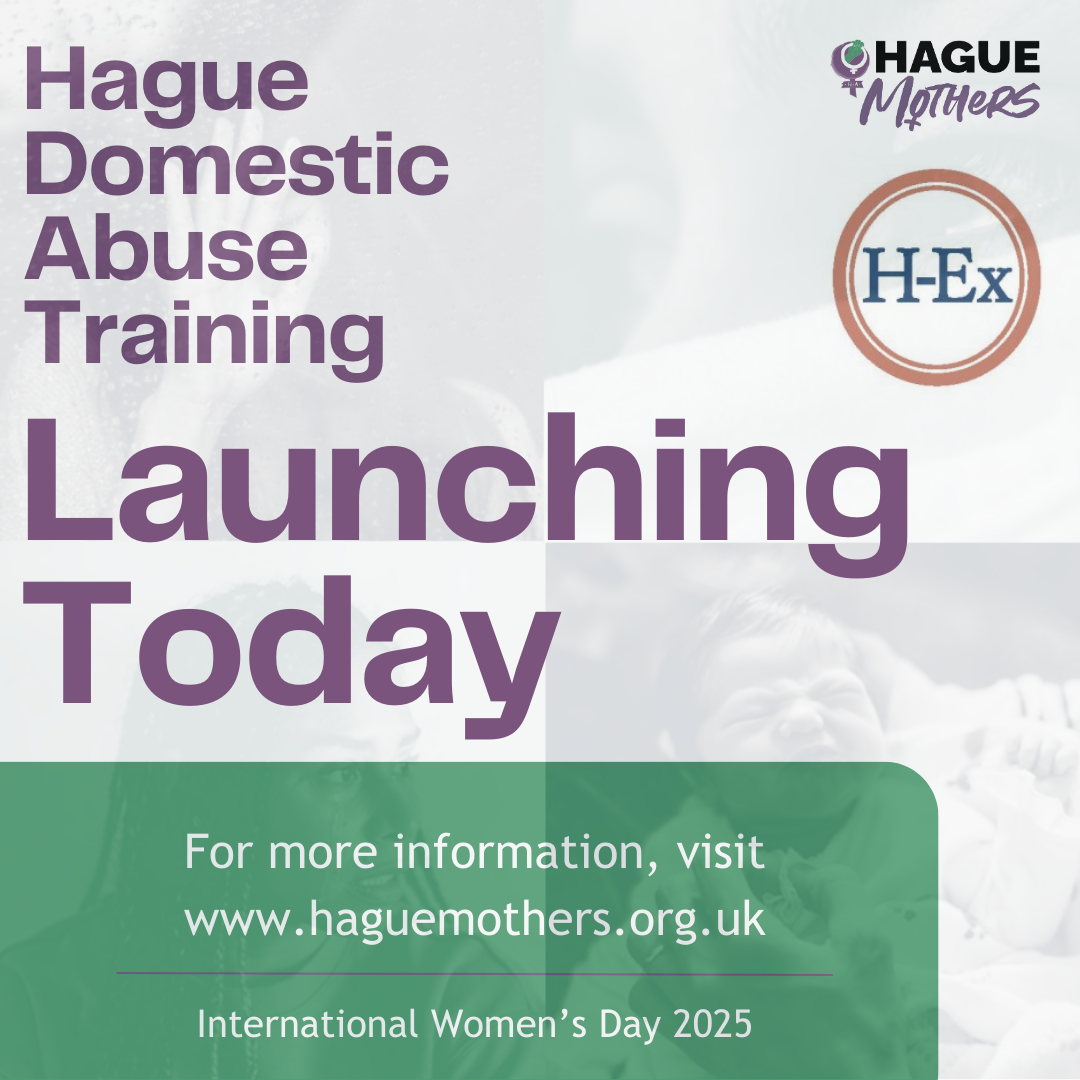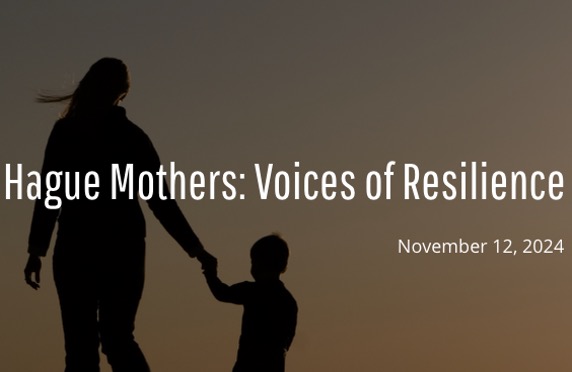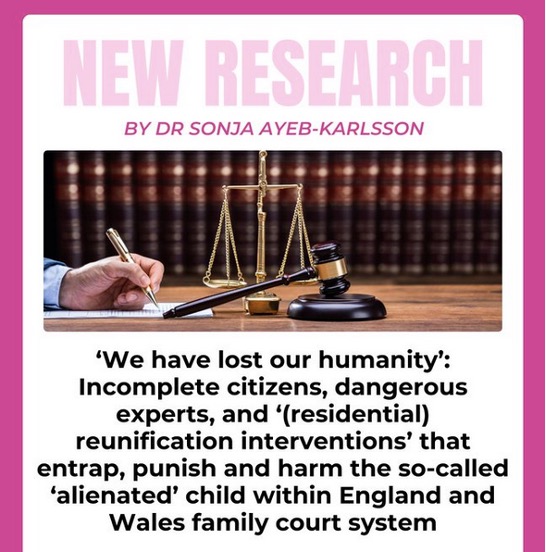What needs to change? A Hague Mothers Position Paper
Our ‘What needs to change?‘ position paper, authored by Adrienne Barnett, is now available in our Resource Library.
It is based on extensive academic research, legal expertise, professional understanding of the impact of domestic violence on mothers and their children, and the experience of protective mothers who are further abused by the Hague process. It is a wish list, but one based on the reality of the Hague Convention which, in over 75% of cases, directly and profoundly undermines the safety and wellbeing of mothers and children. This cannot be allowed to stand.
When we were first discussing the injustices created and perpetuated by the Hague Abduction Convention, one of our steering group reminded us of the case of Cassie Hasanovic who fled from the UK to Australia with her two sons to escape her violent husband. In spite of the UK police deeming Cassie and her children at ‘high risk’, the Hague court ordered the return of the boys to England. Her mother said she was ‘unravelling with fear’ on her return – convinced that she would be killed. She was right to be fearful. She was murdered by her estranged husband as she and her sons were about to be driven to a women’s refuge.
The Hague Convention cost Cassie her life.
The position paper is our view of key changes that might have prevented Cassie’s death.
There are many – including many on the Hague Mothers’ team – who argue that the Convention is beyond saving. That it is used by perpetrators, emboldened by judicial and state support, as a way to extend their control over their children and ex-partners. Evidence for this view is not hard to find, although the 25% of cases brought by mothers against abducting fathers do provide a counter-point: when it works as originally intended, the Hague Convention is highly effective in returning children to the safety of their primary carers – invariably mothers.
Either way, given that over 100 countries are signed up to the Hague, it is unlikely that it can simply be expunged. The paper begins, therefore, with a fractionally less impossible consideration of what needs to change within the Convention itself. In descending order of complexity, we then consider Convention protocols and changes to its implementation in contracting states. We also call for stronger guidance in relation to Article 13(1)(b); improved practice direction for Hague courts; and equality of arms through legal aid provision for taking mothers.
Our focus throughout is on domestic violence victims – mothers and their children – and on ensuring that the Convention both acknowledges their particular vulnerability and prioritises their protection.
Illustration by Anna Parini




